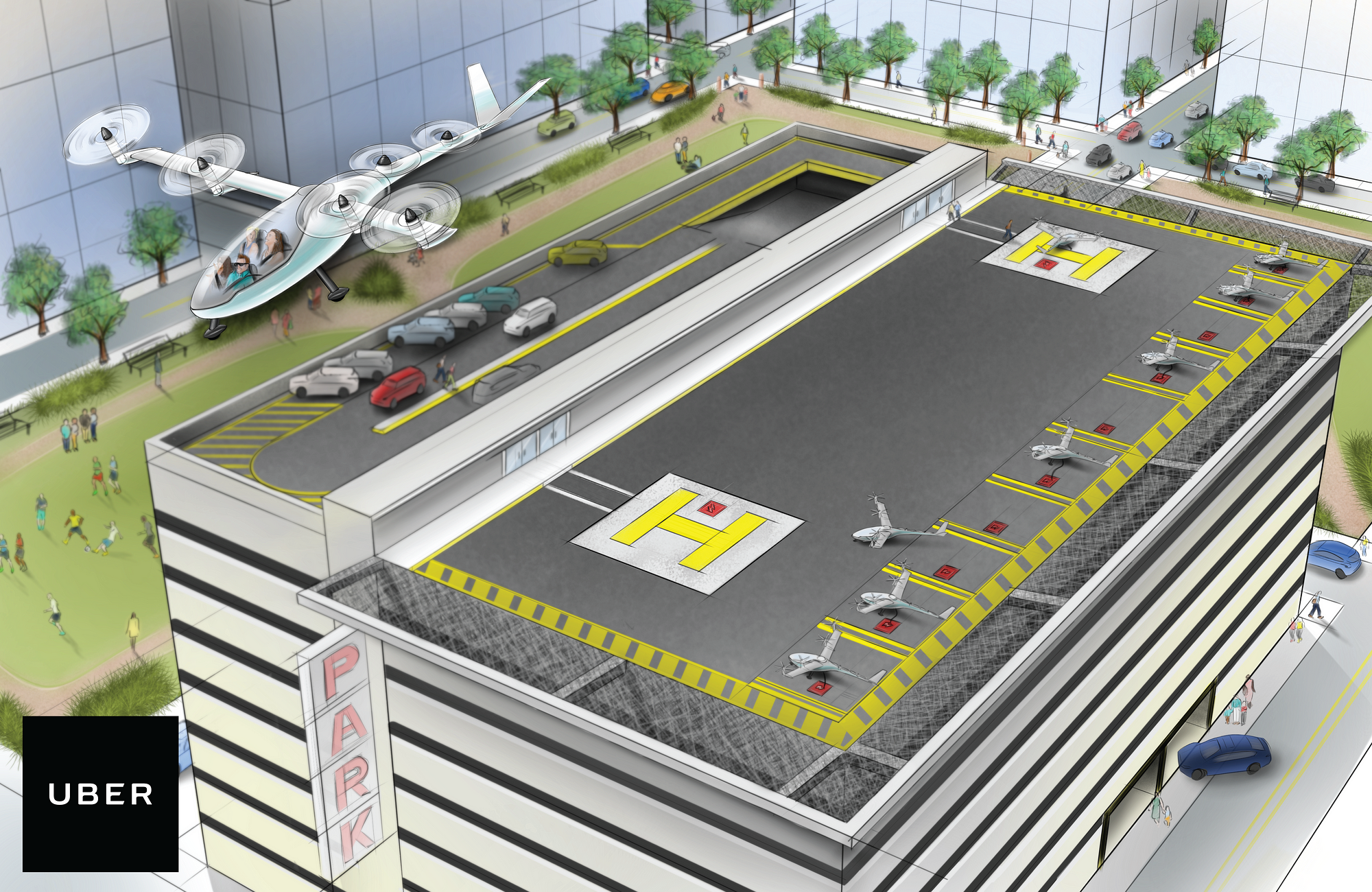"ON-DEMAND
URBAN AIR TRANSPORT"
Note: [VTOL:
Vertical take off and Landing].[e-VTOL: VTOL electric vehicle]
It's 3pm on
any Friday of 2027 in Madrid. People flock out of the offices to enjoy the
weekend. A few years ago and at that time, Madrid would be collapsed with cars,
noise and fumes with people spending 90min or more to reach their destinations.
But this is no longer the case. I will pick up my mobile phone and through an APP
I will ask for an individual electric
autonomous VTOL to pick me up at the vertistop (small stop) in Plaza Colón in
Madrid that will take me to my house in Getafe in 12 minutes.
Joby Aviation Photo
While I'm
walking to Plaza de Colón, which is 10 minutes from the office where I work, I'm
being flown by a bigger eVTOL with 5 people on board who are sharing a trip and
just behind the public eVTOL nº27 of the EMT line(Madrid City Transport
Company)and with its pilot-driver makes the journey from the northern node of
the M-30 to Legazpi along the axis of Paseo de la Castellana. It's fantastic
how little noise such vehicle make.
On some
rooftops of office buildings and in most public buildings, on many roundabouts,
in the old areas of large car parks on the ground, in heliports that were not
used in many tall buildings, there are vertiports larger than vertistop ones
where there are electric VTOLs of greater capacity and where you can even
recharge the batteries of these aerial vehicles quickly.
As I fly
over Madrid quickly, I look at the horizon and don't see the fungus of
contamination that was seen years ago. As I read some e-mails during the trip,
I realize that I've just arrived home.
Fiction?
You don't seem to be considering the following.
In April of
this year, the first Uber Elevate Summit was held in Dallas to bring together
many of the leading experts, interest groups, universities and associations
such as MIT, the National Association of Air Traffic Controllers of the United
States, NASA, or the FAA (U. S. Federal Aviation Administration) or companies
such as the Bell Helicopters, Aurora Flight Sciences, Embraer, Airbus, Lilium
Aviation, Siemens or Uber….. with the clear objective of discussing the pros
and cons of URBAN AUTONOMOUS AIR TRANSPORT and promoting it.
To be clear
about what this urban transport encompasses, I'm going to detail the topics
discussed at this meeting:
- Necessary standards and regulations. Aeronautics Authorities. Certifications.
- Airspace and eVTOL operations. Traffic Safety and Control.
- Transition from the eVTOL piloted to the autonomous.
- eVTOL technologies. Development. Evtol security.
- Early adoption in some cities and tests. Modelling.
- Opportunities of the eVTOL market. Synergies.
- Landing and take-off infrastructures: Vertiports and Vertistops.
- Noise and pollution.
- Fast chargers and batteries
- Evtol Energy Storage
- Investors
- Travel on Demand
- Urban mobility
- Education
I find the
initiative that Uber has promoted through UBER ELEVATE on urban air transport
on demand exciting. The possibilities
for improving the regional economy (which I mentioned a couple of years ago in
a post), such as reducing pollution and improving urban mobility, seem clear.
Let's not
think this is unreal. Right now, as we read these lines there are dozens of
companies that are designing electric VTOLs or different airborne vehicles with
the possibility of taking off and landing like a helicopter, moving like an
airplane and not polluting.
Meanwhile,
others have already built prototypes and carried out flight tests.
Examples of
which we have around us:
https://www.volocopter.com/de/--dubai
2020
https://lilium.com/
www.airbus-sv.com/
www.aurora.aero/innovation/
www.stoprotor.com.au/
www.voltavolare.com/
https://vahana.aero/
http://moller.com/
https://www.terrafugia.com/about-terrafugia/
www.xtiaircraft.com/home/
How did we
get here?
- Difficulties in moving around cities and the time factor.
- The exponential increase in the number of cars.
- Contamination caused by vehicles (noise and smoke)
- The development of large capacity batteries and fast recharging from Tesla and other manufacturers.
- The development of autonomous electric cars by many brands
- The aeronautical development of the VTOLs
- Development of drones/UAVs
- Non-use of infrastructures and spaces in cities
- The implementation of on-demand travel by Uber or other platforms such as Voom for Helicopter travel on online booking platforms.
- The growth of cities.
Will it be
the end of the cars? Possibly not. But the transformation to the autonomous
electric car is already underway. Perhaps even most people don't get
compensated for owning a car, but in leasing or prefer to have a VTOL or just
share it. But it is clear that the more research and development progress is
made with electric autonomous cars, the more the road is smoothed out for
autonomous urban and electric air transport as well.
While we
are waiting for the next Uber Elevate Summit in 2018 and we enjoy the first VTOL flights and visualize
the first operations in a city like Dubai by 2020, I invite you to read Uber
Elevate's White Paper on this meeting in Dallas.
https://www.uber.com/elevate.pdf
After all, 2020 is not that far behind. The first tests have already been carried out in September 2017 in Dubai.
Volocopter takes flight in Dubai
After all, 2020 is not that far behind. The first tests have already been carried out in September 2017 in Dubai.
Volocopter takes flight in Dubai


No hay comentarios:
Publicar un comentario